Our philosophy has always been to develop our cattle in an environment that is as close as possible to most of our customer base. One of the biggest challenges purebred breeders face is running cattle in a “real world” environment versus intense artificial insemination (AI). Most purebred breeders will run on irrigated pastures/dry lots and intensely AI, or run in a “real world” environment and do very little artificial insemination because of the logistical difficulties of trying to AI in “real world” pastures. We feel you deserve the benefits of the best genetics available and bulls that are developed in an environment more like yours. Over 90% of our cattle are the result of AI, and our bull calves are never on irrigated pasture other than for a few days during transition from one grazing area to another.
Our cows are calved at our home place so we can watch them closely and collect the necessary data at birth that needs to be submitted to the breed associations. For the most part the cows graze on pasture grass aftermath all winter and receive very little (if any) supplemental feed. If we do feed, it is long grass hay.
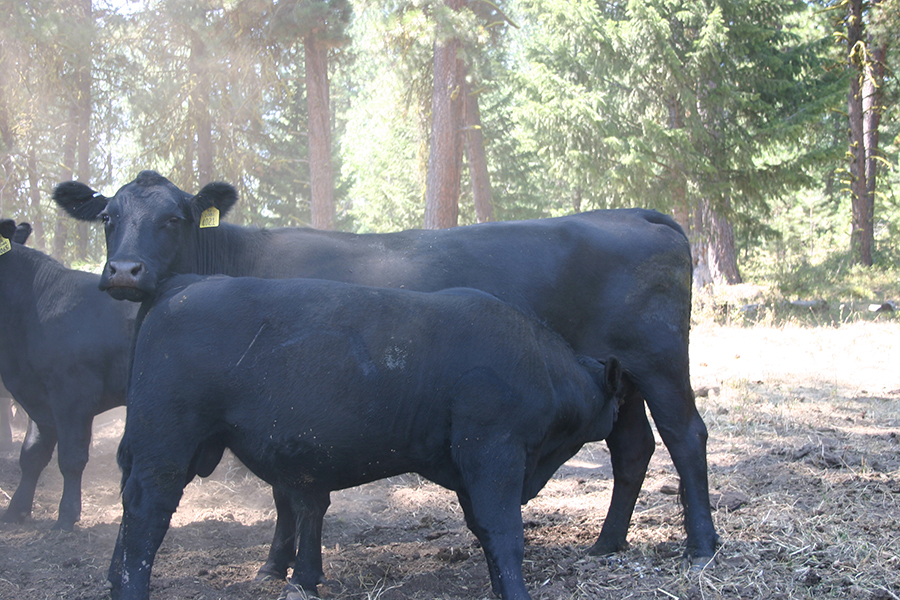
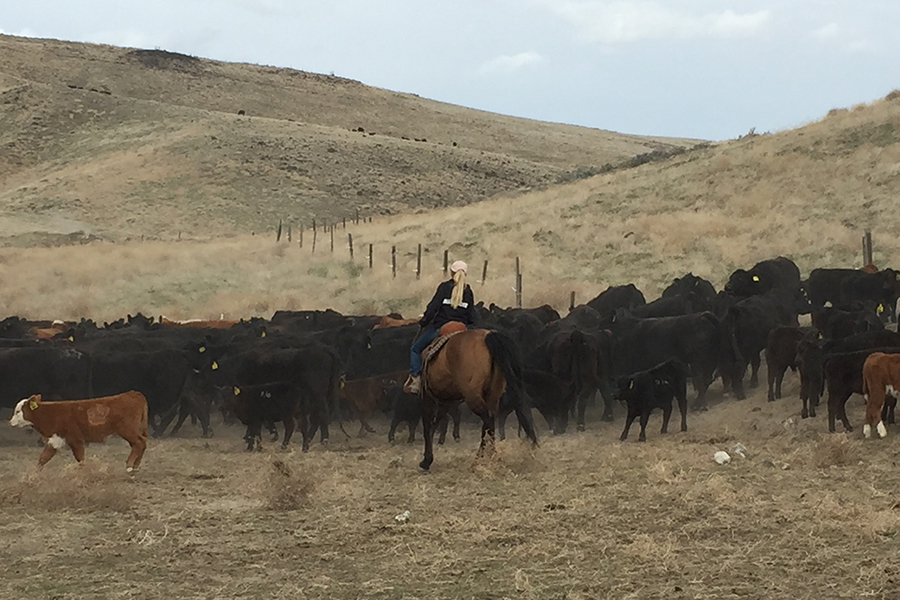
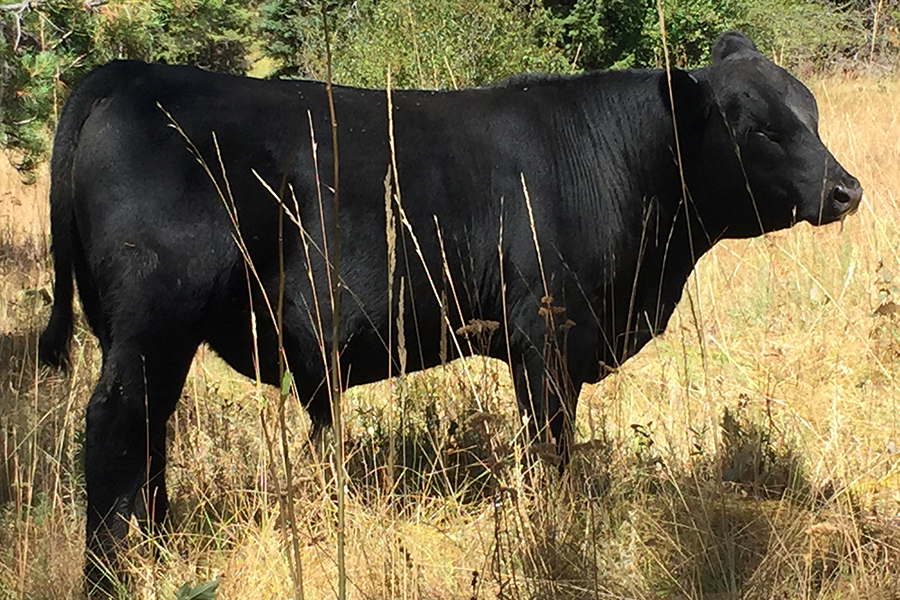
As soon as practical (usually around the 1st of March) the pairs are turned out on spring range. This consists of large pastures with sagebrush, cheat grass, some bunch grasses, and lots of rocks. There is only one water source on this pasture so cows do have to walk to get to water every day. Pairs stay on these pastures until around the middle of May. At the time we come off of spring pasture we vaccinate the calves again in preparation for going to summer pasture. Depending on the year, the pairs may graze on some irrigated pasture for a couple of weeks before heading to summer grass around the 1st of June.
Our cows with heifer calves summer in Cascade, Idaho where they graze on a combination of irrigated and native pasture grasses. Pairs with bull calves go up near McCall, Idaho where they graze on large native pastures. These pastures consist of timber, steep mountains with many rocky areas, some lush grass and a lot of hard grasses. Water sources are limited, so cattle often end up walking long distances to water. The bull calves do extremely well in this environment and wean heavy.
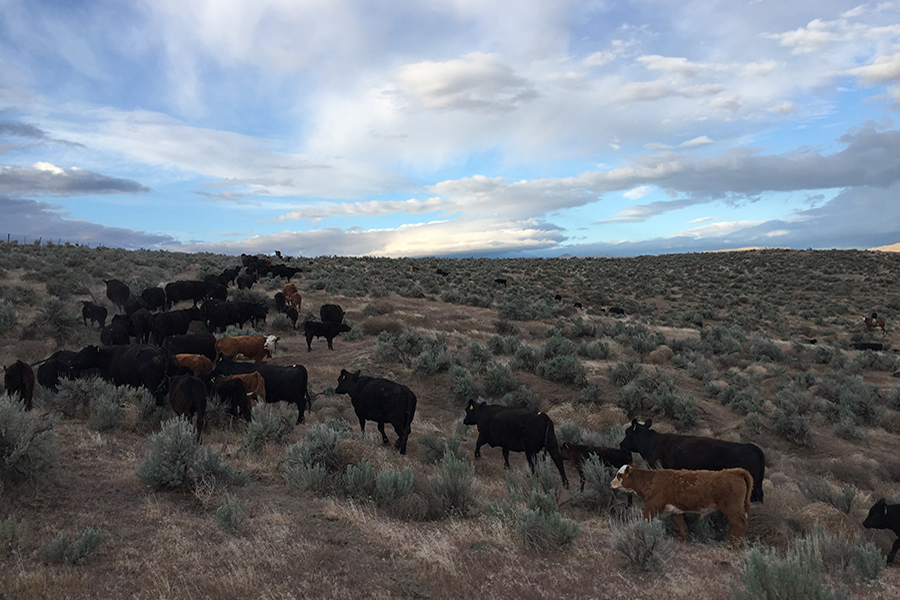
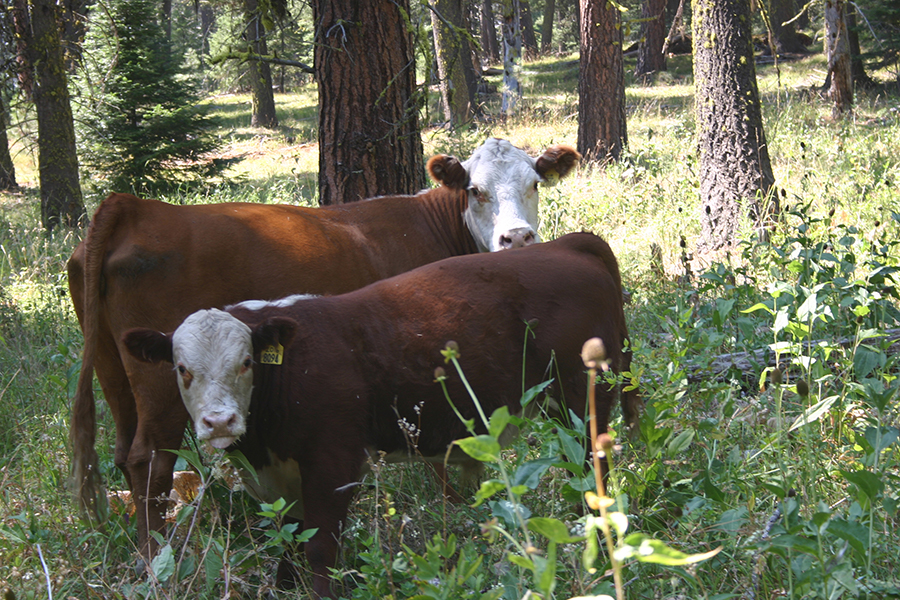
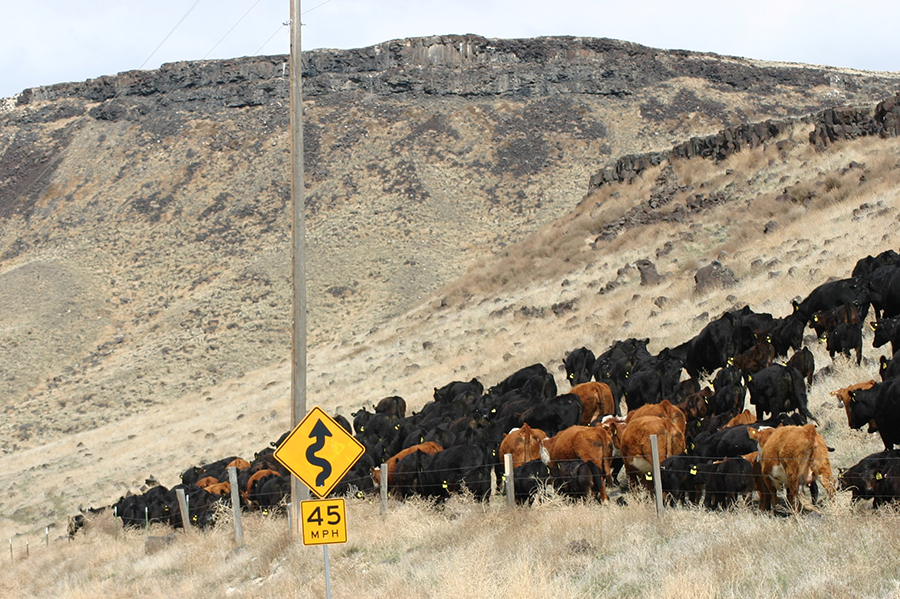
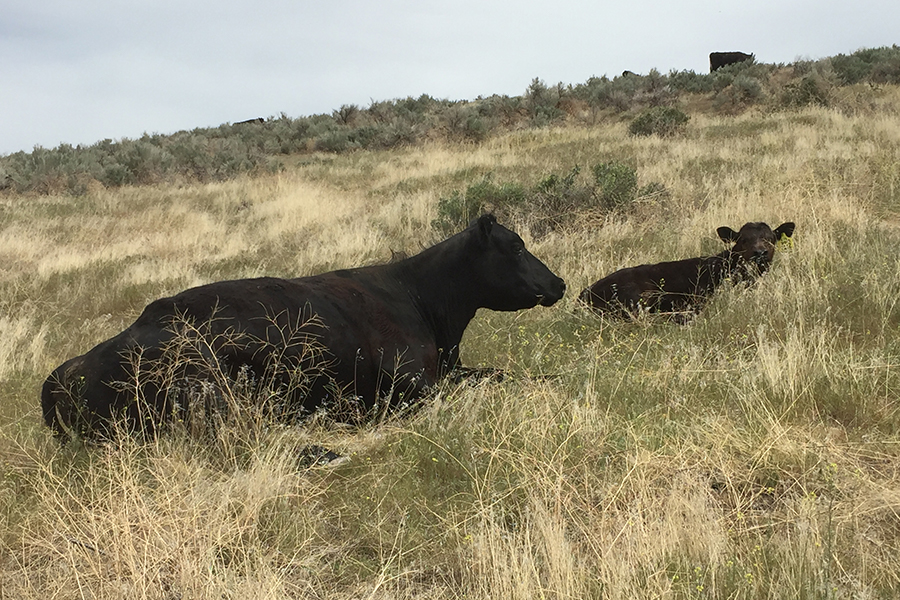
When our bull calves are weaned and return home around the middle of September they are in great condition. Consequently, we do not need to “push” our bull calves for rapid development in order to have them ready for the bull sale. Bulls are targeted to gain around 3.25 pounds per day during development.
While it is impossible for us to completely prepare our bulls for every environment they will be exposed to when they leave our ranch, we go to great lengths to expose them to as much “real world” environment as possible, so they will excel when they get to your ranch.
